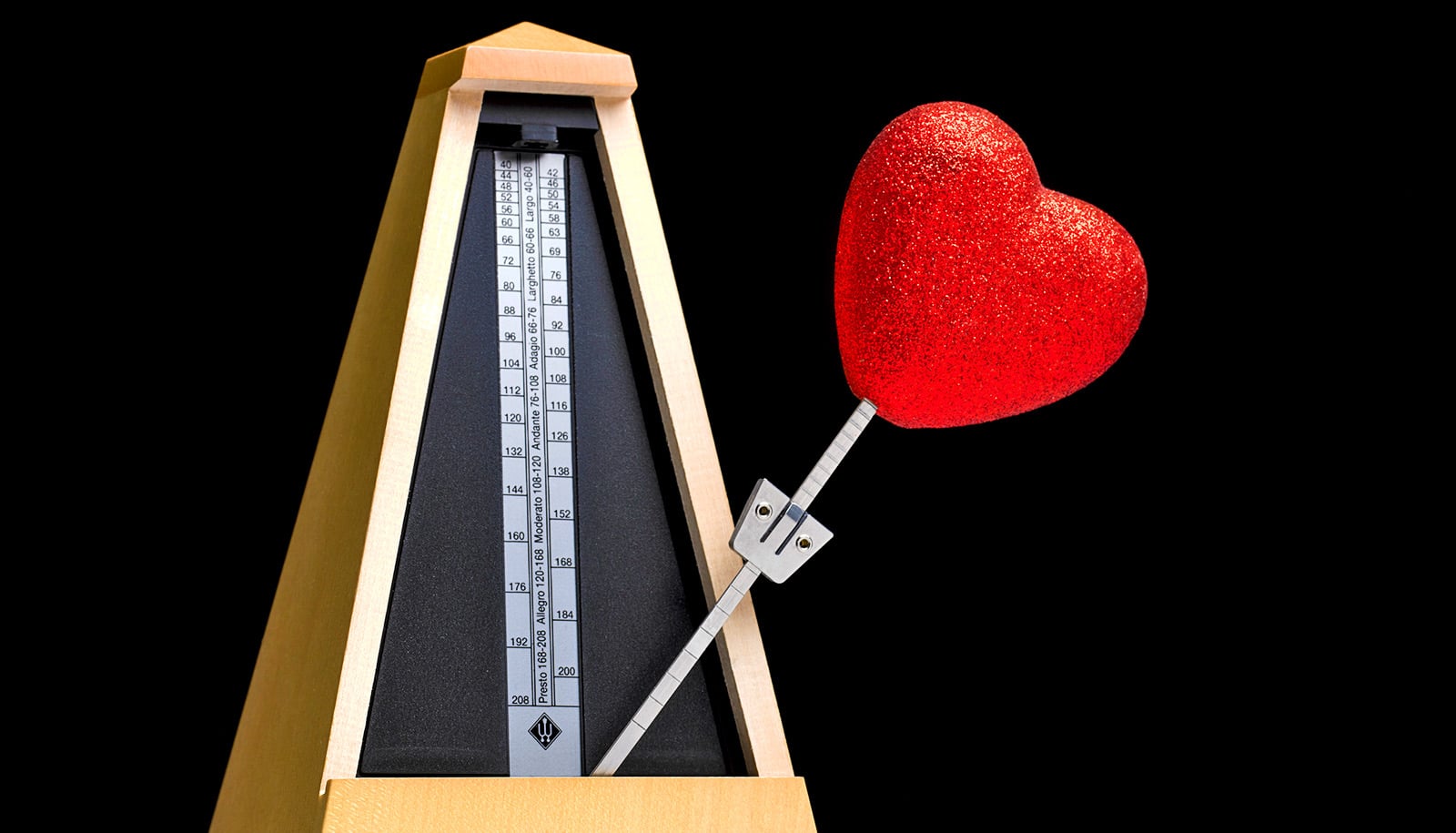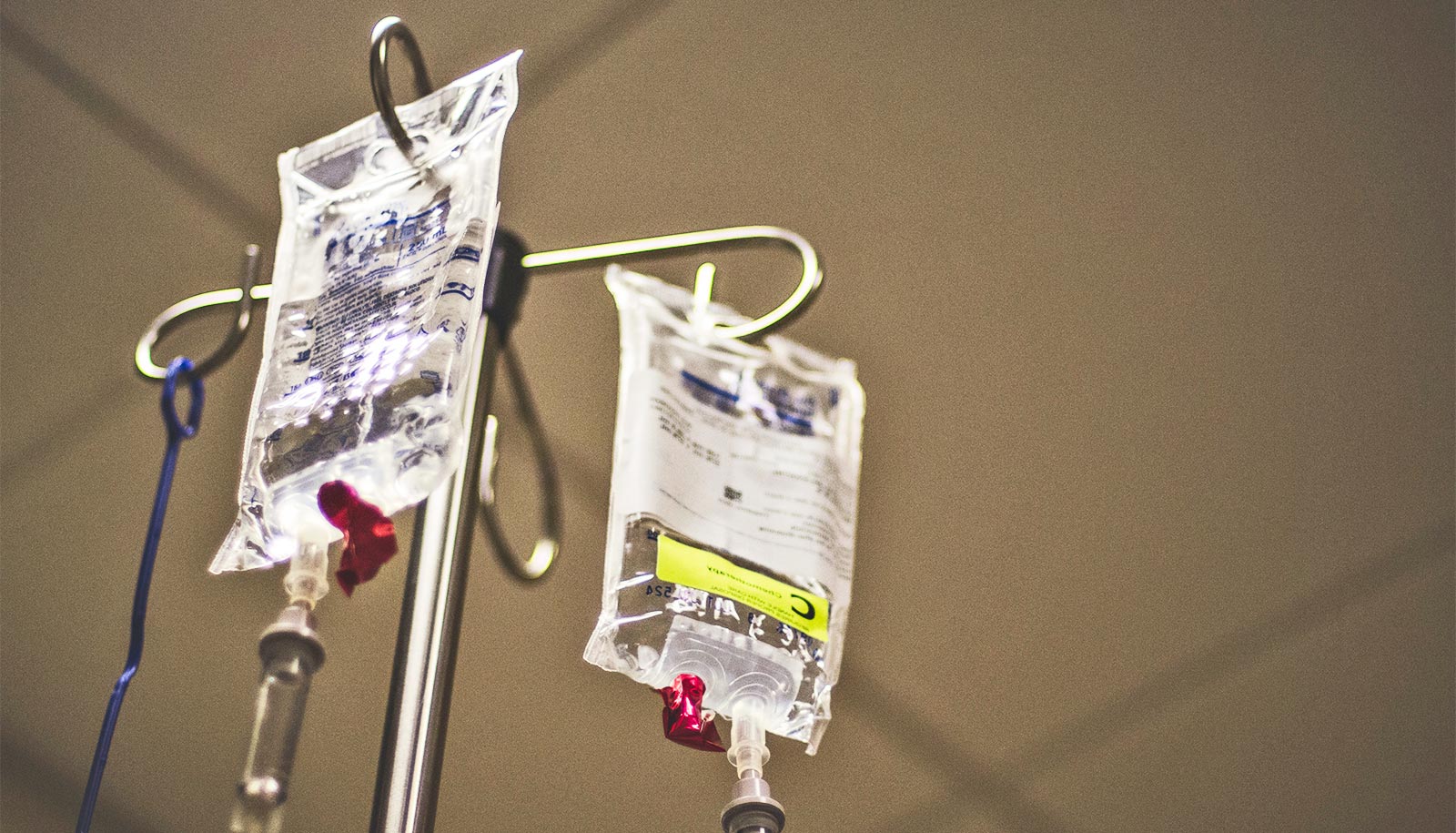Noninvasive CT scans are far better at finding clogged arteries that can trigger a heart attack than the exercise stress tests most chest pain patients take, research shows.
A new head-to-head comparison of CT angiograms and stress tests show the scans correctly identified blockages in nine out of 10 people, while stress tests picked up blockages in just six of 10.
“No test is 100 percent accurate 100 percent of the time, but our findings indicate CT angiograms get pretty close to that coveted threshold,” says lead investigator Armin Zadeh, associate professor of medicine at Johns Hopkins University. “We hope our findings will settle any residual uncertainty about the effectiveness of these two common noninvasive heart tests.”
The most accurate method to detect blocked arteries remains an invasive test called cardiac angiography, which requires a catheter to be threaded into heart vessels. But cardiologists have long relied on so-called stress testing as a simpler, cheaper “gatekeeper” procedure to identify people more likely to benefit from the riskier, more invasive, and more costly catheterizations.
CT angiograms have recently emerged as a second non-invasive alternative. A handful of studies have previously suggested that CT angiographies may be superior, but uncertainty has persisted due to the small number of patients in those analyses, Zadeh says. Stress tests have remained the more popular choice among clinicians.
[CT scans ‘unwrap’ secrets of 3 mummies]
The new study is particularly powerful because each patient underwent all three tests, providing a direct comparison of their ability to accurately spot blockages. The findings, published in the journal Circulation: Cardiovascular Imaging, should help provide direction for physicians and the nearly 15 million Americans who seek medical attention each year for symptoms such as chest pain, shortness of breath, and extreme fatigue.
In CT angiography, clinicians use dye injected into the circulation to visualize blockages in the arteries. When the dye reaches impenetrable or narrowed passages clogged by fatty buildups or clots, the scan shows a blockage.
The so-called nuclear exercise stress tests also use dye and CT scans. Instead of directly visualizing the interior of the arteries, however, they measure blood flow to the heart muscle immediately after a patient walks on a treadmill. Reduced blood flow is a signal that a narrowed or blocked artery is not supplying enough blood.
Both nuclear stress tests and CT angiograms expose patients to radiation. While many newer CT scans deliver substantially lower doses of radiation than scans used in nuclear stress tests, the dose and protocols vary widely from hospital to hospital, researchers say.
[5 reasons women ignore heart attacks]
CT angiograms and nuclear stress tests carry similar price tags—between $750 and $1,200. Although exercise stress testing is generally safe, it can rarely trigger an abnormal heart rhythm or even a heart attack in people with seriously clogged arteries.
The study included 391 patients, ages 45 to 85, at 16 hospitals in eight countries. All had symptoms suggestive of heart disease. Each patient had a noninvasive CT angiogram followed by a traditional catheter-based coronary angiography. Within two months, each also had an exercise stress test.
When researchers analyzed test performance in a subgroup of 111 patients with very high-risk disease as identified on traditional angiography, the diagnostic accuracy of CT angiograms went up to 96 percent, compared with 80 percent for stress testing.
In other words, stress tests missed two out of every 10 patients with severe disease.
Guidelines from the American Heart Association and the American College of Cardiology call for a stress tests in patients who show signs of coronary artery disease. CT angiograms are generally reserved for patients with borderline stress test results. But given its much higher accuracy, the researchers say, CT angiography may be a better first-line test.
Other researchers from Johns Hopkins, Brigham and Women’s Hospital and Beth Israel Deaconess Medical Center in Boston, Charité Hospital in Germany, St. Luke’s Hospital in Japan, and the University of Sao Paulo in Brazil contributed to the study.
The National Heart, Lung and Blood Institute and Toshiba Medical Systems, manufacturer of the scanner used in the trials, funded the work. Lima has received grant support from Toshiba Medical Systems.
Source: Johns Hopkins University


